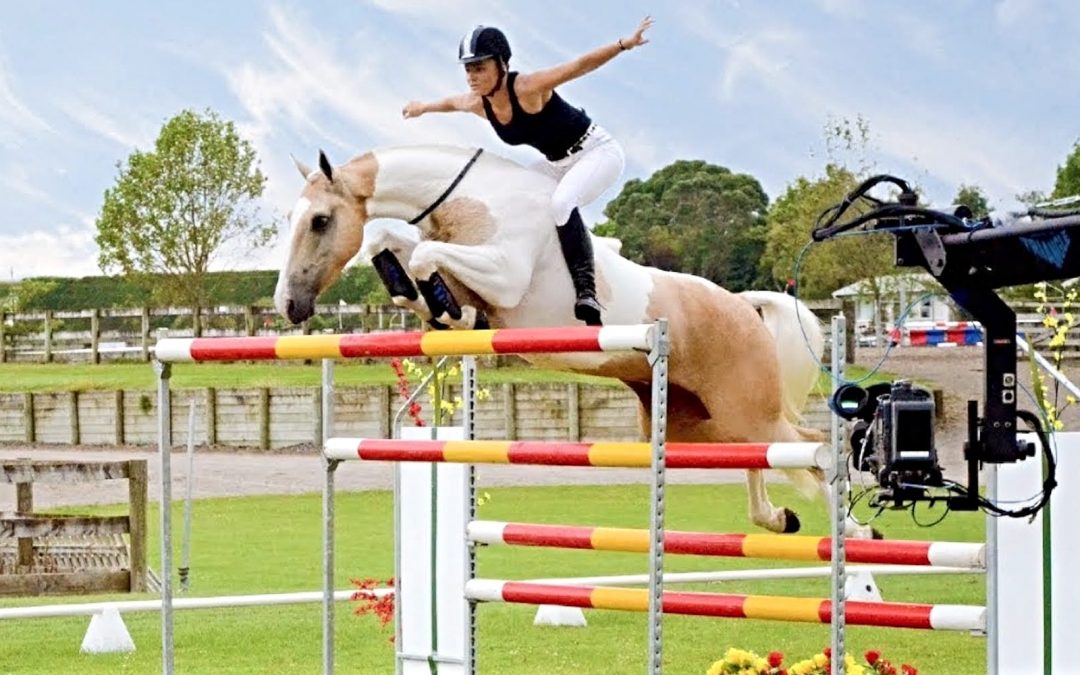The paddock smelled of dung and leather. Excitement quivered through me as I adjusted the riding helmet.
I was to take my first formal jumping lesson in Addis Ababa, Ethiopia, English style. Mengustu’s ears twitched, perhaps remembering the Emperor’s barns, from which I’d purchased him.
The nicker of horses, halters jangling cheerily and clanging of pails made the music of morning at the stables. I loved it.
I stood just inside the barn door, the 13-year-old girl without a saddle, in pants that were too short for my growing self and a sleeveless cotton top.
Properly dressed girls, jodhpurs pluming above knee-high boots, black velvet jackets nipping in tidily at their waists, bustled about. Of course, I noticed.
I straightened my back, and with the stealth of an eavesdropper, tuned in to the warring dialogue in my brain.
“It doesn’t matter what you wear.” That lie stood up and saluted smartly.
I mentally rolled my eyes. “You don’t even have a saddle.”
“They said they’d have one for me.”
“You have no training; they’re going to show you up.”
“I ride without a saddle or bridle every day. I think I can manage my own horse.”
I added for good measure to that cranky self, “I bought my own horse by making and selling donuts. For two years. So there!”
I put an arm under Mengustu’s head in a hug and leaned into him with my head against his neck. “We’re going to do this, you and me. Together.”
“Hey there,” dark eyes danced as she took in the two of us. “I’m Poppy. Will you look at this beauty.” She grinned. “We’re going to let the class of dressage girls go, and then you and …?”
“Mengustu,” I said.
“You and Mengustu are going to jump. We’ll get you a saddle. Do you mind if we put a bit in his mouth?”
“He won’t like it. Can we try it without one? If I can’t manage him, we’ll do it.”
“Sure,” Poppy said, motioning us inside the barn.
We tacked up and headed out. Riding, the crisp morning, the anticipation of this new adventure was like turning the pegs on my guitar, bringing the strings into tune. Perfection.
I was feeling good – maybe even smug – about the paces Poppy put us through getting ready to jump. We were not going to need that bit.
Then, she told me to knot my reins, drop them on Mengustu’s withers and put my arms straight out, shoulder height. Airplane wings. I did as directed, curious.
“Now,” she said, “you are going to take that jump arms up. No hands.” Eyes as round as planets stared back at her. “Go on. Do not reach down. Arms out.” She patted Mengustu’s rump.
I signaled Mengustu into a canter. He was happy, ears full forward. I, on the other hand, was terrified. This can’t be happening. She’ll get me hurt. I’ll fall. I’ll …
“Arms up!” Back in the moment at my instructor’s sharp reminder, I stiffened my arms anticipating my horse’s movements. He gathered himself, I leaned into him. Powerful legs thrust us into the air. In that instant, my mind went “slow motion.”
Connecting with my horse, arms wide, I was free, soaring in perfect synchronicity with Mengustu, both inside and outside of myself.
We sailed over the jump. I couldn’t remember a more exhilarating moment in my life. The closest I came to falling off was throwing my head back in a full-throated “I love this!” laugh.
I have experienced countless moments of fear. Fear of my sexually abusive father, of my mother’s brutal words, of my first husband’s explosive fury.
I’ve known fear for others; my sisters, my children, those who were freeing themselves from dangerous circumstances.
Fear of my what my own responses might be; a lack of courage, of my own tamped-down rage, that I might not have the ability to protect my children, that a societal system could destroy us all.
There were smaller fears, like facing a jump arms spread wide, relying on balance, intuition, trust and my thoroughbred’s heart to see me through.
1. I learned that courage is leaning into fear. When I did, I dropped my reins, raised my arms and nudged my horse forward. I trusted him, giving myself to our ability to sense one another and his ability to jump.
How about life? Once you have leaned into a fear and committed to an action, trust the process. Trust you’ll find your way.
“What if …” won’t serve you well. I pulled several of those out of my hat facing that jump. (What if I break my neck?) The only way out is through. Moment by moment. Hour by hour. Day by day.
2. Trust those around you to watch your back. To hold your heart. To walk beside you. Trust your strength of will. Take the first step. Then another, and another.
Once snapped back into the present by my instructor, I let go. In that release, I was instinctive, arms and heart open to the new experience. That moment so pure, so weightless, was utterly exhilarating.
3. You’ve got to let go to soar. Don’t anchor yourself to the past. Or tether yourself to fear. Let go.
Be carried by a new idea, a new adventure, a new focus, a new decision or an old one that scared you before, but now needs picked up and dusted off.
4. Laugh for no good reason. Once, long ago in the middle of a courtroom trial, I managed my way through a day in quarter-hour segments: get through the next 15 minutes. Good. Now the next. At a pace that would make a snail weep, the hours passed.
Successfully managing my waking hours, I instructed myself to add a smile every hour. Maybe it was simply smiling that 15 of those minutes had passed. But smile. And then laugh.
Because I seemed to have forgotten how, I made a point of listening to something funny every day. Laugh so fully you risk losing your balance, like me on Mengustu.
Children know how. They’re spontaneous without filters. They laugh uninhibitedly and often. They delight me into laughter.
Recently, someone asked my 5-year-old granddaughter if she was going to be a doctor when she grew up. “No,” she replied, “I’m going to be a cheetah.”
Face your fear, trust the process, let go, laugh – soar!
Laura Landgraf, author of “The Fifth Sister,” is a social activist, retreat leader and motivational speaker. Her TEDx Talk is “Razed by Lions: A New Way to Think about Healing after Trauma.”


